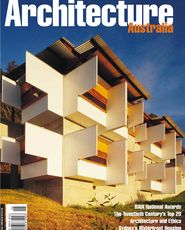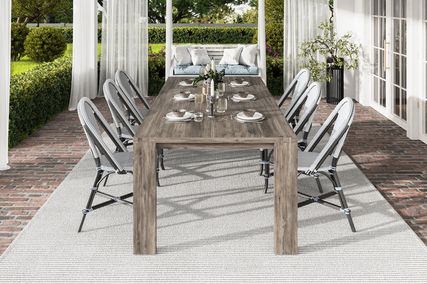Deloraine Primary School in Tasmania has won the RAIA/NAFI TimberTrek competition to design a bridge to the new millennium. Jury chair Greg Cowan reports on a successful educational venture.
|
Education
More archive
See all
A preview of the November 2020 issue of Landscape Architecture Australia.


















